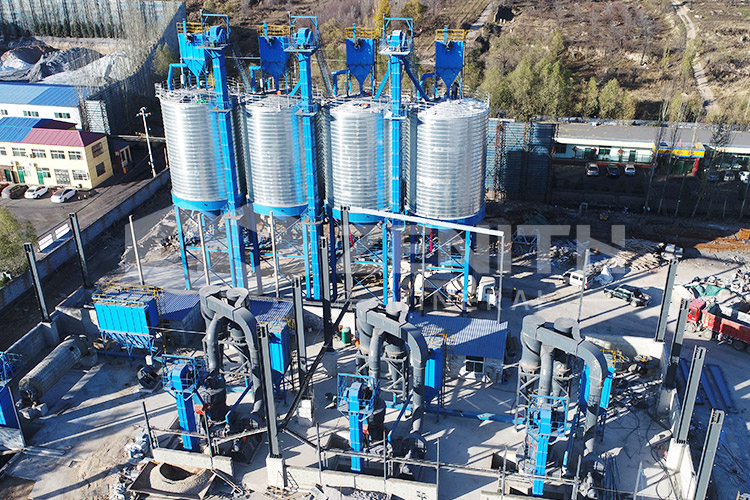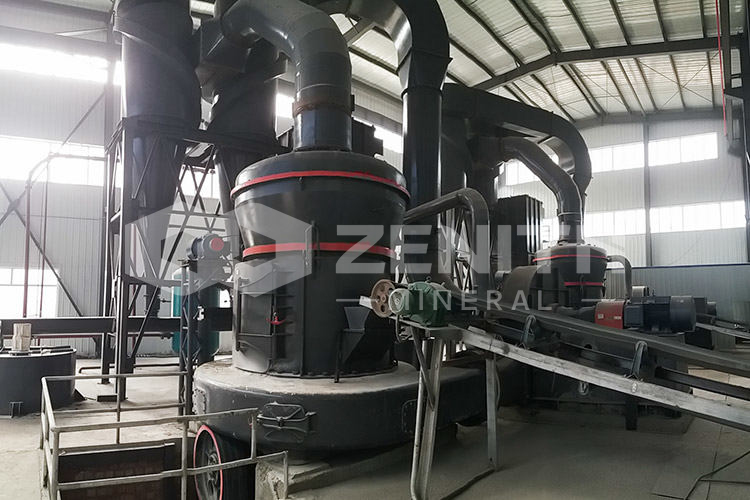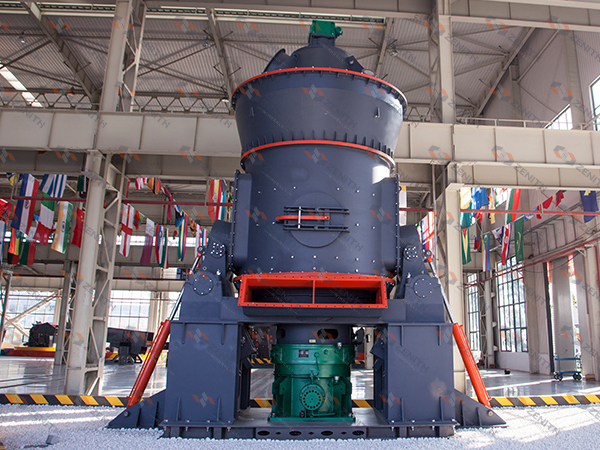Grinding equipment for organic and inorganic pigments, finished product specification 1000 mesh
2025-11-11 08:57:42
In the highly competitive world of pigment manufacturing, achieving consistent, ultra-fine particle sizes is not just a goal—it's a necessity for product performance and market differentiation. For producers targeting a finished product specification of 1000 mesh, the selection of grinding equipment becomes the most critical decision in the entire process chain. This fineness level, equivalent to approximately 13-15 microns, demands precision engineering, advanced classification technology, and a deep understanding of material behavior.
Shanghai Zenith Machinery Co., Ltd., with its hi-tech engineering pedigree, has developed a suite of grinding solutions specifically engineered to meet these demanding specifications. Our equipment, certified to ISO, CE, and CU-TR standards, is deployed across more than 180 countries, providing reliable performance for pigment processors worldwide. The challenge with 1000 mesh grinding, particularly for sensitive organic pigments, lies in managing heat generation, avoiding contamination, and achieving a narrow particle size distribution without compromising throughput.
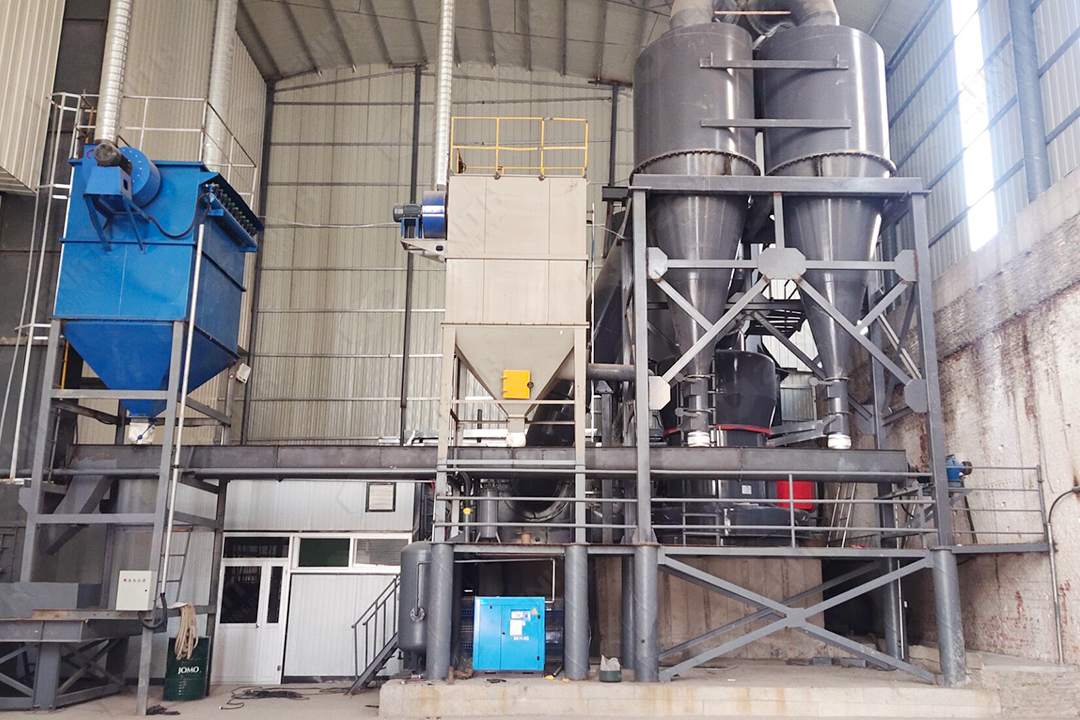
The Precision Engineering Behind 1000 Mesh Grinding
Conventional grinding approaches often fall short when targeting the 1000 mesh range. Ball mills, while robust, struggle with energy efficiency and precise particle size control at this fineness level. Zenith's approach integrates advanced mechanical grinding principles with sophisticated air classification technology to overcome these limitations.
Our LUM Ultrafine Vertical Grinding Mill represents a technological leap for pigment processing. With an output range extending from 325 to 2500 mesh, it comfortably handles the 1000 mesh specification while incorporating German powder separating technology and Taiwan's grinding roller advancements. The LUM's unique selling proposition for pigment manufacturers is its exceptional control over product purity—a critical factor when working with expensive organic pigments where contamination can ruin entire batches.
"The ability to control iron content and maintain chemical composition integrity makes the LUM series particularly valuable for high-value pigment applications," explains a Zenith process engineer. "We've seen customers achieve remarkable consistency in color strength and transparency directly attributable to the mill's precision grinding environment."
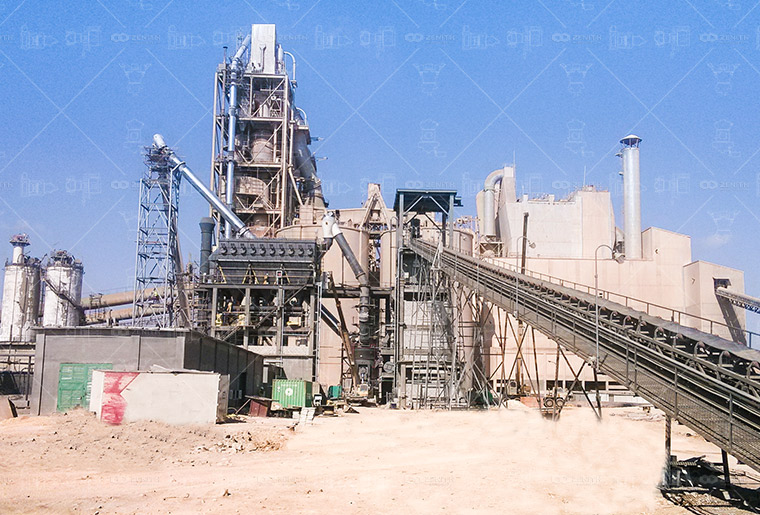
Energy Efficiency: A Game Changer in Pigment Production
Traditional grinding methods become exponentially less efficient as target fineness increases. At 1000 mesh, energy consumption can represent up to 60% of operating costs in conventional systems. Zenith's grinding technologies address this challenge through multiple innovative approaches.
The XZM Ultrafine Grinding Mill demonstrates remarkable efficiency gains, consuming 70% less energy than air-flow mills and stirring mills while producing the same powder quantity. For a pigment manufacturer running continuous operations, this translates to substantial operational cost savings and a significantly reduced carbon footprint. The XZM's arbitrary fineness adjustment between 325 and 3250 mesh provides unparalleled flexibility for producers who may need to switch between different pigment grades or adjust formulations for specific customer requirements.
Similarly, our MTW and MTM European Trapezium Mills achieve more than 60% lower energy consumption compared to ball mills of the same grade. This efficiency stems from their optimized grinding mechanics and advanced air induction systems that improve airflow efficiency from 62% to 85%. For inorganic pigment producers working with materials like titanium dioxide or iron oxides, this efficiency directly impacts competitiveness in price-sensitive markets.
_1762822662006.jpg)
Material-Specific Considerations for Pigment Processing
The physical and chemical characteristics of organic versus inorganic pigments demand different approaches to ultra-fine grinding. Organic pigments, typically softer and more heat-sensitive, require gentle grinding action and precise temperature control to prevent degradation. Inorganic pigments, often harder and more abrasive, need robust construction and wear-resistant materials.
Zenith's LM Vertical Grinding Mill offers an excellent solution for inorganic pigments with its 24-hour continuous operation capability and automatic control system. The mill's ability to handle input sizes up to 70mm reduces pre-processing requirements, while its sealed operation under negative pressure ensures no dust spillage—a critical consideration for workplace safety and product loss prevention.
For organic pigments where thermal degradation is a concern, the LUM Ultrafine Vertical Grinding Mill provides the answer with its precise control over grinding pressure and speed parameters. The mill's reversible structure and hydraulic adjustment system enable quick maintenance and replacement of vulnerable parts, minimizing downtime during product changeovers—a frequent requirement in organic pigment production where batch sizes may be smaller and formulations more varied.
_1762822662007.jpg)
System Integration and Operational Excellence
Achieving consistent 1000 mesh fineness requires more than just a capable grinding mill—it demands an integrated system approach. Zenith's grinding solutions incorporate advanced classification, efficient material transport, and comprehensive dust collection to create complete processing ecosystems.
The working principle common to our advanced mills involves precise air classification integrated directly with the grinding process. As materials are ground, they're immediately transported by airflow to powder selectors where precise classification occurs. Qualified fine powder is separated as finished product, while coarse particles are returned for re-grinding. This closed-loop system ensures that energy isn't wasted over-grinding already合格 material while guaranteeing that no oversized particles contaminate the final product.
For pigment manufacturers, this translates to exceptional batch-to-batch consistency and reduced waste. The system's operation under negative pressure, combined with pulse dust collectors, ensures environmental compliance—an increasingly important consideration as regulatory standards tighten globally.

Future-Proofing Pigment Production
As pigment applications evolve toward more specialized requirements in sectors like automotive coatings, plastics, and high-end printing, the demand for precise particle size control at 1000 mesh and beyond will only intensify. Zenith's grinding technology platform is designed with this evolution in mind.
The modular design of our MTW and MTM series, with their interchangeable impellers, allows producers to adjust fineness without major capital investment. The intelligent control systems featured across our product range enable remote monitoring and operation, reducing labor costs while improving process consistency. These features position pigment manufacturers to adapt quickly to changing market demands while maintaining quality standards.
With over 30 years of practical experience in mineral powder processing and a global network of technical support, Zenith provides not just equipment but comprehensive solutions for pigment producers targeting the demanding 1000 mesh specification. Our technology continues to evolve, incorporating the latest advances in materials science, automation, and process efficiency to keep our customers at the forefront of their industries.
_1762822662011.jpg)
Frequently Asked Questions
What is the typical energy consumption for grinding pigments to 1000 mesh with your equipment?
Our XZM Ultrafine Grinding Mill consumes approximately 70% less energy than conventional air-flow mills and stirring mills when producing powder at 1000 mesh fineness. The exact energy requirements vary based on material characteristics and production capacity.
How do you prevent contamination when switching between different pigment colors?
Our LUM and XZM series mills feature comprehensive cleaning systems and accessible grinding chambers that enable thorough purging between batches. The reversible structure of the LUM mill allows quick access to grinding components for manual cleaning when required.
Can your equipment handle both organic and inorganic pigments with the same setup?
While our mills are versatile, we typically recommend configuration adjustments based on pigment type. Organic pigments often benefit from the LUM series' precise temperature control, while inorganic pigments may be better suited to our LM Vertical Mill with its robust construction.
What kind of particle size distribution can we expect at 1000 mesh?
Our advanced classification systems typically achieve D97 values at the target fineness with narrow particle size distributions. The XZM series, for instance, can reach D97 < 5 micron at one time, ensuring consistent quality across production batches.
How does your equipment manage heat-sensitive organic pigments?
Our LUM Ultrafine Vertical Grinding Mill incorporates precise grinding pressure and speed control to minimize heat generation. Additionally, the efficient airflow system provides cooling throughout the process, protecting temperature-sensitive materials from degradation.
What is the typical lead time for installing a complete 1000 mesh grinding system?
Lead times vary based on system complexity and capacity, but typical projects range from 3-6 months from order to commissioning. Our global presence with offices in over 30 countries helps streamline the process and provide local support.
Do you provide trial testing with customer materials before purchase?
Yes, we operate testing facilities where customers can send samples for evaluation. This allows us to recommend the optimal equipment configuration and provide performance data specific to your materials before making investment decisions.



